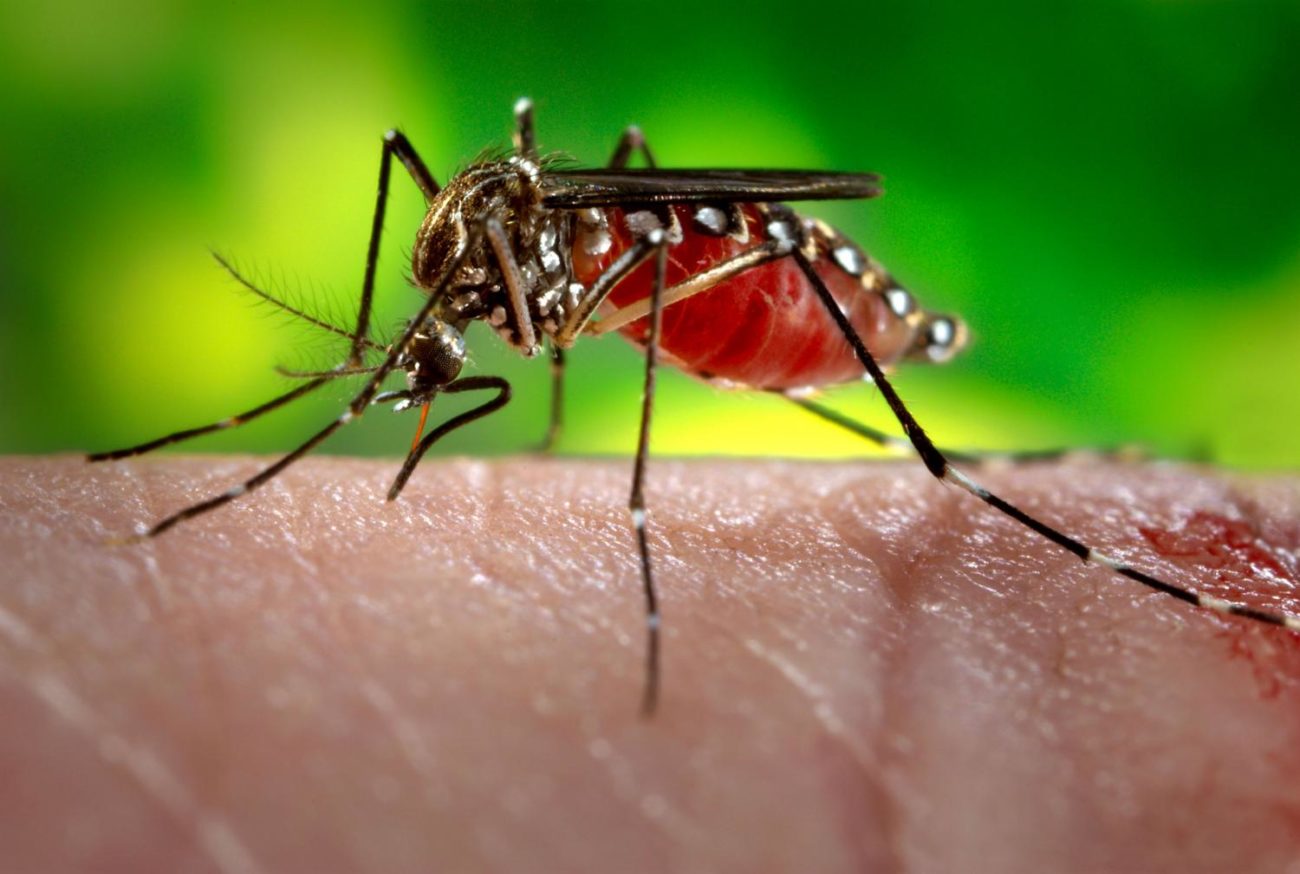
Years of research have proved that only female mosquitoes eat on blood as male mosquitoes don’t have mouth parts that the females use to pierce skin. However, researchers in a study released Monday (Dec 4) stated that male mosquitoes may have sucked blood in the past after analyzing one of the earliest-known insect fossils from Lower Cretaceous amber from Lebanon. According to the New York Times, Lebanese amber is rich in preserved fossils known as inclusions and dates back to the early Cretaceous period roughly 125 million years.
The lead author of the paper, Dany Azar, a palaeontologist from the Nanjing Institute of Geology and Palaeontology and Lebanese University, took a tiny slice of the amber holding the fossil and examined it under a microscope. What he saw next took him completely by surprise. “To my great surprise, I said, ‘Oh, gosh, this is a mosquito,'” Azar was reported by the New York Times as saying.
Mosquitoes often dislike blood-sucking because it is a riskier technique to feed on a living thing
After additional inspection, Azar discovered the mosquitos’ abdomens contained pincer-like structures called claspers. The presence of these organs prompted Azar to consider an unthinkable possibility: male mosquitos may have sucked blood in the past. “We think now that, originally, the mosquito could be bloodsucking,” Azar said. “With the appearance of the flowering plant, this function could be just forgotten later on during the evolution of these insects,” he added.
Mosquitoes often dislike blood-sucking because it is a riskier technique to feed on a living thing. Only female mosquitoes do this now, and only when they need extra energy for reproduction. Male mosquitoes evolved to stop sucking blood because they don’t need to create eggs and can survive on nectar and plant fluids. As exciting as the discovery may sound, it is still possible that the fossil in question is not a mosquito. It’s also possible that the bristly mouth portions referred to as ‘bloodsucking organs’ were designed for a completely other purpose.






